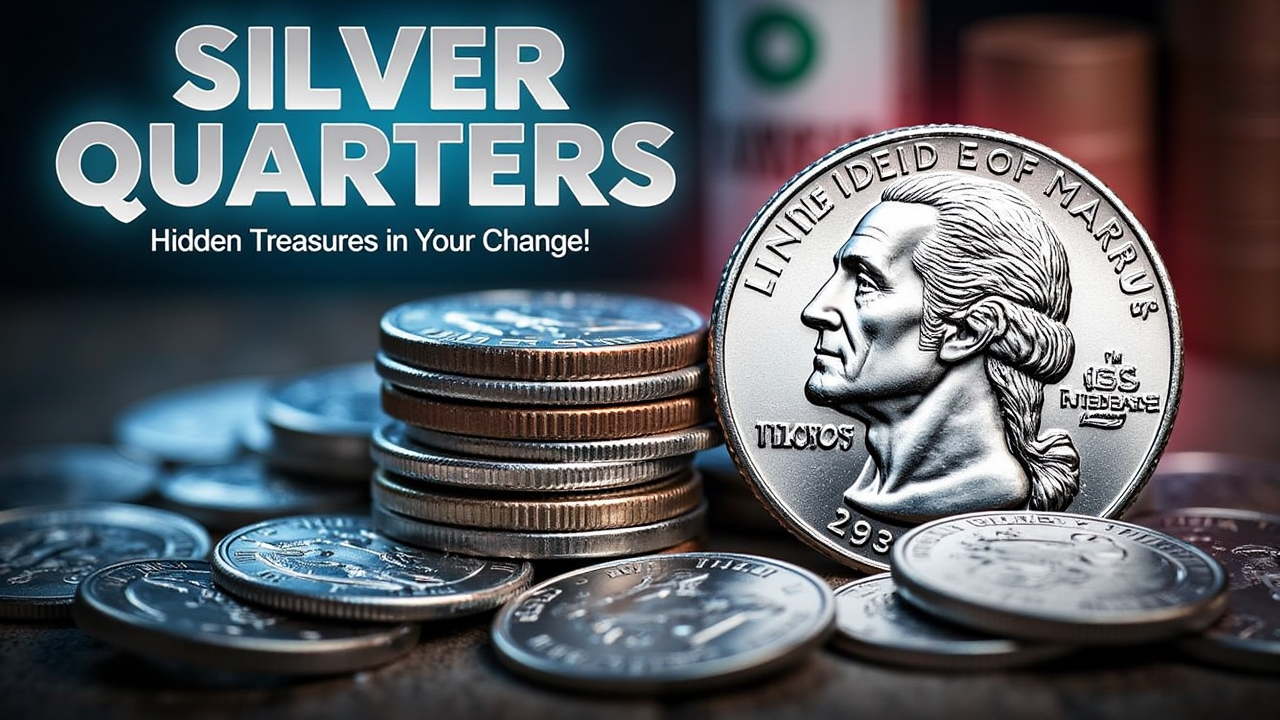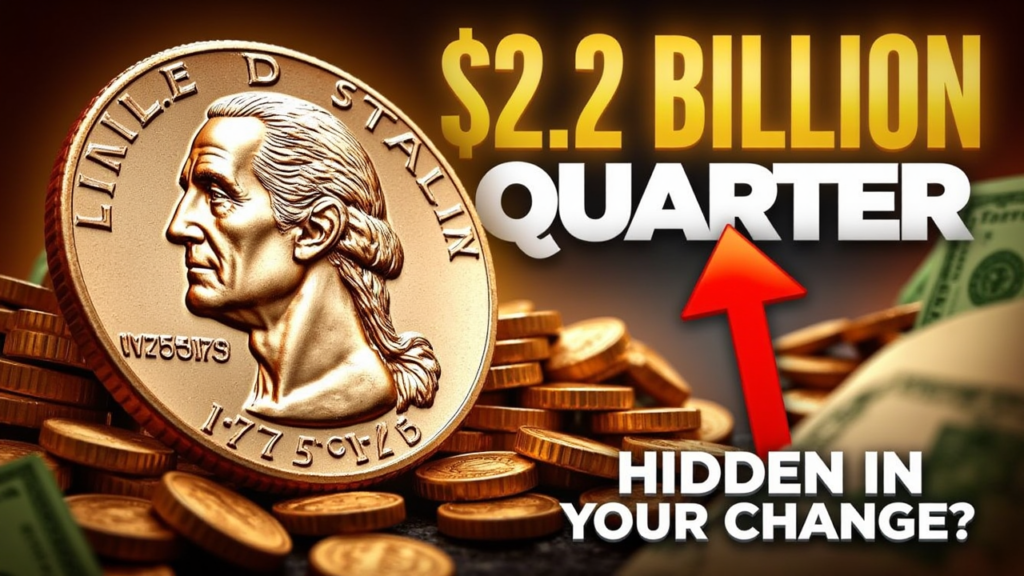The Bicentennial Quarter minted in 1976 has an endearing value for collectors and numismatists alike. Minted to celebrate America’s 200th anniversary, this coin has an excellent reverse design – a colonial drummer and a George Washington obverse side. Because of the dual date “1776-1976,” it is easily distinguished as well as historically memorable.
Most of the Bicentennial quarters are still being circulated today. However, the issued versions of some quarters are valuable collector items. Let us find out what makes the coin unique, how to identify a rare one, and what a collector should look for. Regular vs. Silver-Clad Quarters Most of the circulating Bicentennial quarters are copper and nickel, just like regular quarters. These are common and usually worth their face value of 25 cents. However, the U.S. Mint was also producing a special version with 40% silver content that was strictly for collectors.
How to Tell If It Is Silver-Clad Quarters:
The presence of the “S” mint mark indicates that it was produced in the San Francisco Mint.
It has a different weight and appears more silver bright.
Value
Silver-clad Bicentennial quarters, in good condition, are worth up to $25.

Evidence of minted silver clad coins and with a mirror-like appearance, can bring as much as $50.
Value of Mistakes
Some of the rarest Bicentennial quarters are ones with minting mistakes. The mistakes were made during the manufacturing and resulted in some unique variations that are highly valued among collectors.
Examples of Minting Errors
Double Struck: The coin is struck twice resulting in a doubled image.
Off-Center Struck: Images are off center.
Die Cracks: Lines or cracks in the coin caused by defects in the minting die.
Value of Error Coins
Error coins can range from hundreds to thousands of dollars, depending on the type and severity of the error. However, genuine error coins are extremely rare, so proper authentication is crucial.
Grading and Value
The value of a Bicentennial quarter depends mainly on its condition and whether it has been professionally graded.
Grading Levels
Professional grading services like PCGS and NGC grade a coin according to its condition.
Circulated Coins: Those coins which exhibit wear from use.
Uncirculated Coins: Coins with no wear, usually collected and preserved.
Proof Coins: Coins that are specially struck with sharp details and a mirror-like finish.
| Type | Value Range |
|---|---|
| Regular copper-nickel | Face value (25 cents) |
| Silver-clad (good condition) | Up to $25 |
| Proof silver-clad | Up to $50 |
| Error coins | Hundreds to thousands |
$2.2 Billion Quarter Myth

The rumors about the Bicentennial quarter of $2.2 billion value are purely fiction. No one in this set has ever touched such astronomical amounts. Although a rare error can be valuable, its value usually lies in the hundreds or thousands.
Why Collectors Love Bicentennial Quarters
Bicentennial quarters are interesting to collectors, not just by their monetary value.
Historical value: They symbolize America’s bicentennial, a key moment in American history.
Unique Design: The colonial drummer is a departure from the standard Washington quarter design.
Variety: Both regular and silver-clad versions provide options for collectors.
Error Coins: The possibility of finding rare errors adds excitement to the hunt.
Tips for Collectors
If you’re interested in collecting Bicentennial quarters, consider these tips:
- Store Coins Properly: Use protective holders to preserve condition and prevent damage.
- Check for the “S” Mint Mark: This indicates a potential silver-clad coin.
- Inspect for Proof Coins: Look for a reflective, mirror-like finish.
- Search for Errors: Examine coins for signs of double strikes, off-center designs, or die cracks.
- Get Coins Graded: Professional grading can authenticate your coin and establish its value.
